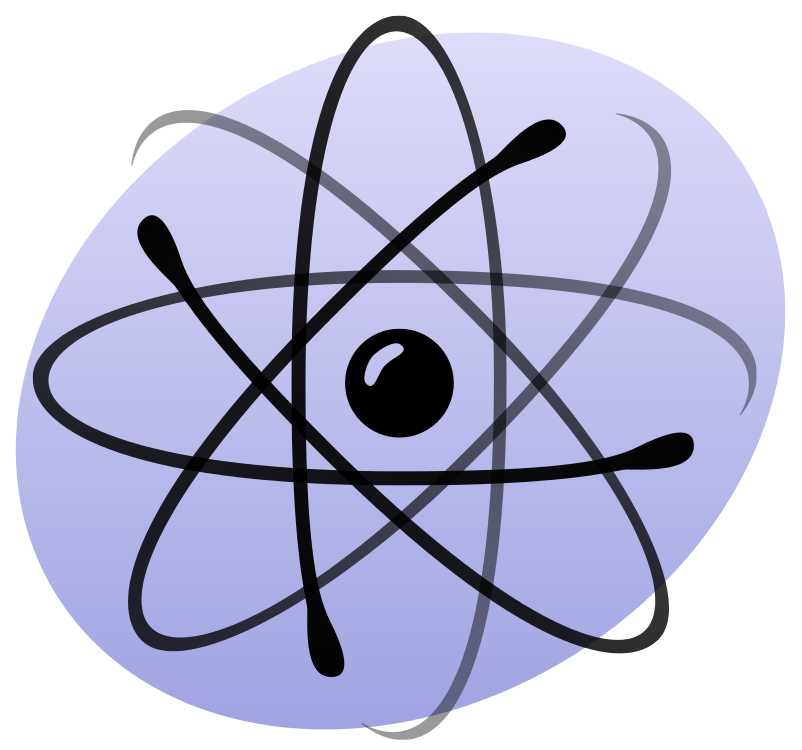Ever wondered how rockets launch or why astronauts float in space? It all comes down to Newton’s Three Laws of Motion. These timeless laws don’t just apply on Earth—they govern how things move in space, from satellites to galaxies. Let’s dive into each law, using space to bring them to life.
1st Law: The Law of Inertia
“An object at rest stays at rest, and an object in motion stays in motion unless acted upon by an unbalanced force.”
In space, there’s no air resistance or friction. That means once something starts moving, it keeps going forever—unless something like gravity or a collision interferes.
Space Example:
A satellite launched into orbit doesn’t need engines to keep moving. It just coasts endlessly unless it’s pulled by another object or slows down due to atmospheric drag (in low Earth orbit).
2nd Law: Force = Mass × Acceleration (F = ma)
This law tells us how much force is needed to move something based on its mass and how fast you want it to accelerate.
Space Example:
Launching a rocket into space takes an incredible amount of force. The rocket’s engines generate powerful thrust to overcome both gravity and the rocket’s heavy mass. That’s why larger rockets need more powerful engines.
3rd Law: Action and Reaction
“For every action, there is an equal and opposite reaction.”
This is the reason rockets move at all.
Space Example:
When a rocket expels exhaust gases downward, the rocket itself is pushed upward. That’s the equal and opposite reaction. The same thing happens when astronauts throw objects in space—they get pushed in the opposite direction.
Why These Laws Matter in Space
In space, Newton’s laws are more obvious because there’s no air to interfere with motion. These laws help scientists and engineers:
- Launch rockets
- Plan satellite orbits
- Predict spacecraft movement
- Even simulate gravity in rotating space stations
Newton’s ideas laid the groundwork for everything from basic mechanics to modern space travel.
Up next on the blog:
We’ll explore Einstein’s Theory of Relativity—the mind-bending physics of time, space, and gravity that takes Newton’s laws to the next level.
Image:




